How to hop between chains
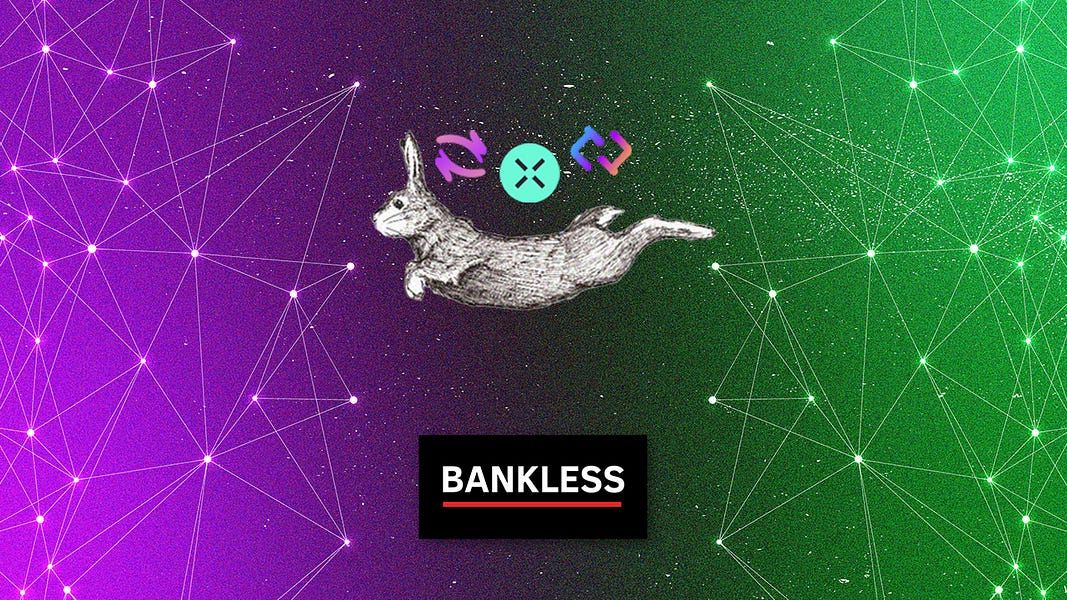
Dear Bankless Nation,
Here’s a hard truth some of us need to swallow.
The base layer of a blockchain isn’t for people—it’s for robots and chains.
We’ve been saying this for a while. High-value transactions will always crowd out low-value transactions on the base layer.
This is why Ethereum gas fees are high. This is also why Ethereum is transitioning toward a modular architecture. Monolithic chains don’t scale.
Instead, we’ll be living in a modular world—a world of many chains. A world where there are hundreds of chains on Layer 2 that settle to Ethereum. Layer 2 is where we’ll transact, lend, borrow, collect, swap, and live our lives.
We’ll get cheap, instant transactions, scalable for the world without compromising on decentralization and security.
Today we have Layer 2’s like Optimism, Arbitrum, Polygon, Starkware, ZkSync and dozens of others. The problem? The assets on these Layer 2’s are siloed. It’s fragmented!
That’s where bridges come in.
Bridges help you move tokens between chains.
William shows us how to use bridges today. Let’s dive in.
- RSA
P.S. Some of these bridges may have future airdrops! Check out our airdrop guide for more.
Ethereum has been “monolithic.” In other words, the network previously centered around providing its own data, security, and transaction guarantees.
Now, the leading smart contract platform is trailblazing the way into the “modular” era. This new paradigm lets Ethereum do what it does best — optimize for decentralization and security— while leaning on external execution environments like rollups and sidechains to provide affordable and rapid transactions.
That said, Ethereum’s nascent layer 2 (L2) ecosystem is relatively fragmented as money has poured across these new chains in varying degrees. In response, bridging protocols are arriving to make cross-chain money moves simple and fast. This tactic will show you how to hop chains via three of the most promising bridge projects available today.
- Goal: Learn how to use Hop, Connext, and Across
- Skill: Easy
- Effort: 1 hour of research
- ROI: Experience in multi-chain bridging
The Basics on Bridge Protocols
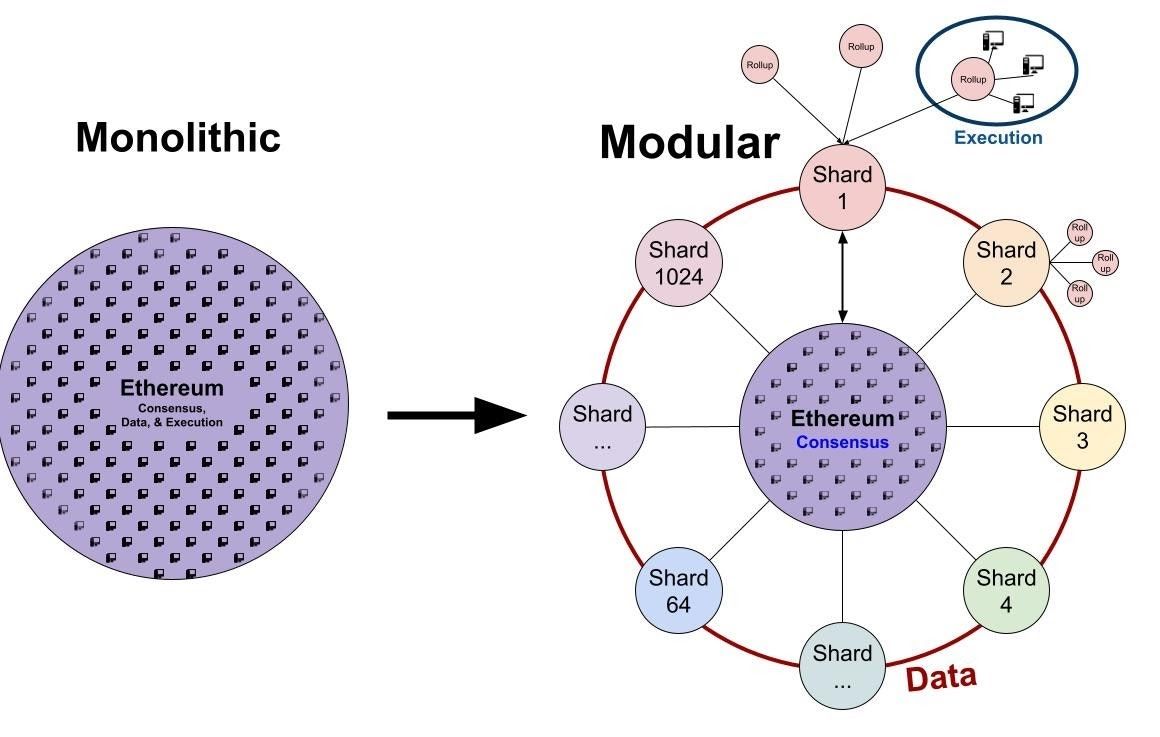
The future of Ethereum will be ultra scalable as Ethereum’s roadmap transitions to Proof of Stake (PoS), sharding, and L2s.
These are uniquely complementary technologies that are positioning Ethereum to facilitate vast swathes of mainstream activity in the decades ahead.
As such, we can look ahead and safely assume that many L2s will actualize over time. Just look at all the ones we have already while the scene remains young to get a sense of where things are headed.
Yet the operative word in my last sentence was “young.” The L2 ecosystem has plenty of maturing to do. The good news though is that there’s considerable progress on all fronts. One of these fronts is bridging protocols.
In short, a bridging protocol is a project that streamlines cross-chain activity. Such a project can facilitate L1-to-L2, L2-to-L2, and L2-to-L1 transactions easily across multiple networks.
This emerging infrastructure hails the beginning of the modular era and will do much to create seamless cross-chain liquidity. For today’s tactic, we’ll specifically dive deeper into how to use three examples of this novel infra: Hop Exchange, Connext’s Nxtp, and Across Protocol.
Hop Exchange
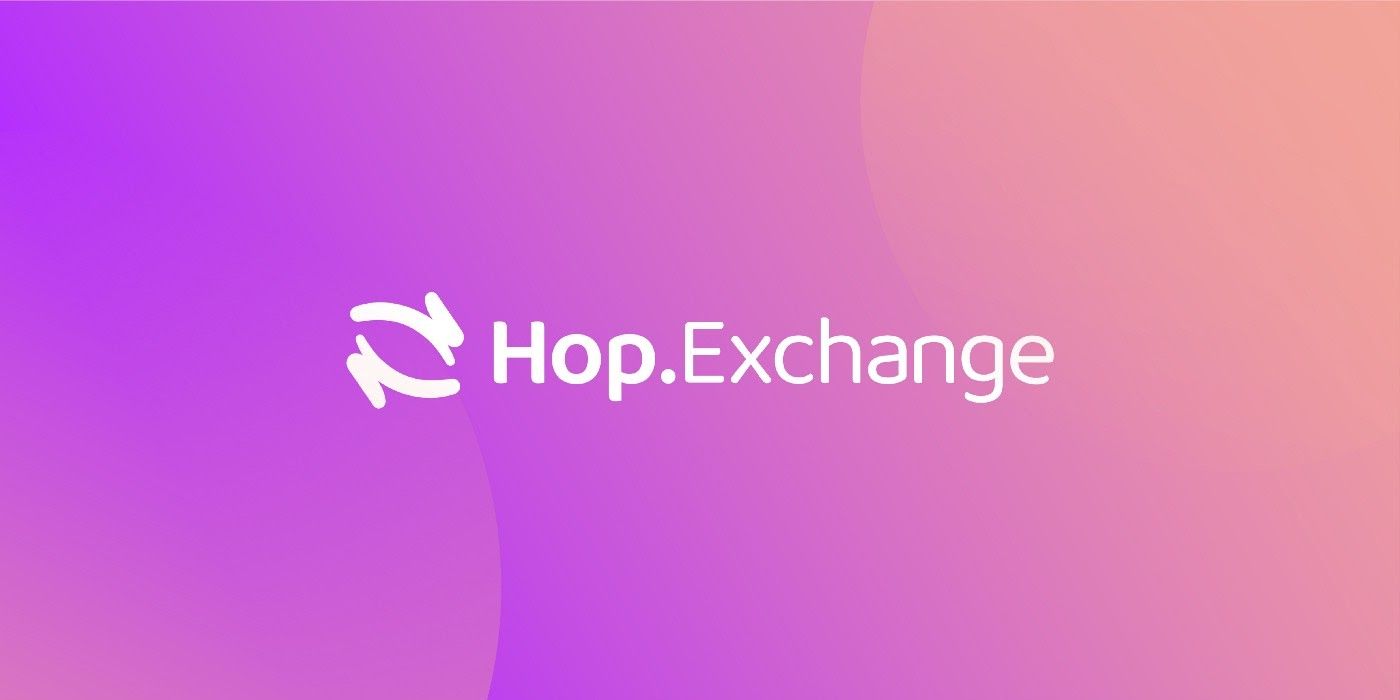
What it is: Hop Protocol is a rollup token bridge, with Hop Exchange being a front-end app built on top of this bridging system.
The 101: Hop relies on market makers known as Bonders, who earn a fee for fronting liquidity for others; this automated market maker (AMM) style lets Hop users quickly send cross-chain transactions. This means that people who provide liquidity to hop have the opportunity to earn a yield! (there’s also no token yet…)
How to use Hop
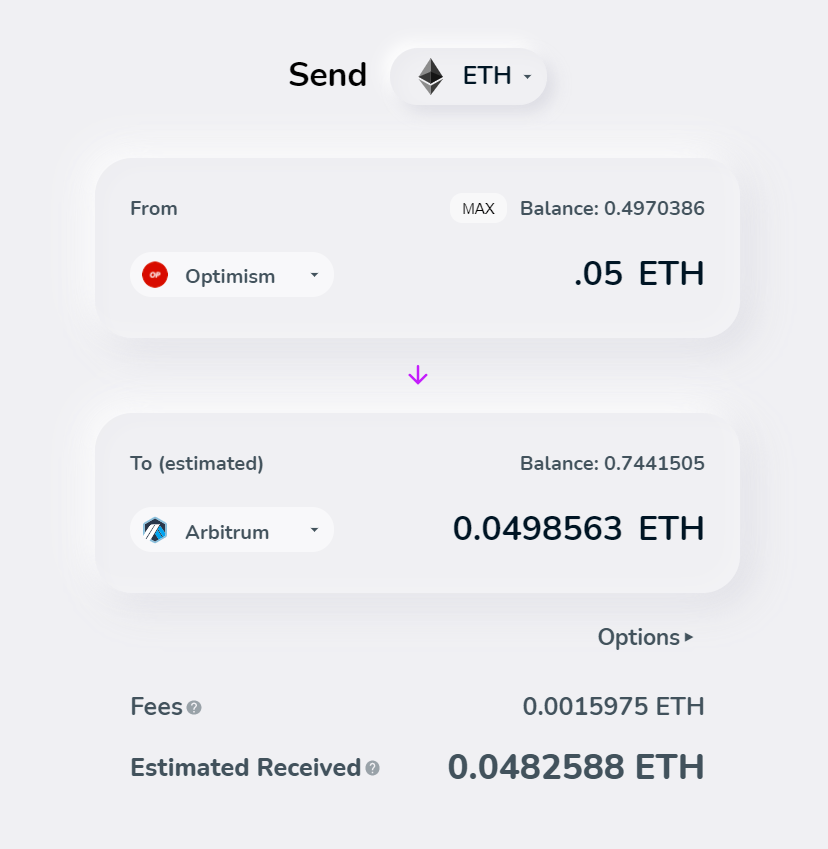
- Go to the Send dashboard of Hop Exchange.
- Connect your wallet.
- Select the asset you want to send and how much. ETH, DAI, USDC, USDT, and MATIC are currently supported.
- Select the network you want to send from and the network you want to send to. Ethereum, Arbitrum, Optimism, Polygon, and xDai are currently supported.
- Press “Approve” and complete the approval transaction with your wallet to let Hop access your funds.
- Next press “Send.” Your wallet will prompt you to switch to the appropriate network if you haven’t already. Then complete the send transaction, and in a matter of minutes your money should arrive on the destination chain!
Notably, this system lets users bypass the 7-day withdrawal period that early optimistic rollups face. Also, keep in mind that you can provide liquidity through the Pool dashboard if you want to earn fees for serving as a Hop LP!
Connext’s Nxtp

What it is: Connext is an interoperability protocol whose team has built Nxtp, a system custom-tailored for cross-chain transfers.
The 101: “You can use [Nxtp] to send transactions of value or call-data across chains and/or rollups. Unlike most other interoperability systems, Connext enables this without introducing any new trust assumptions or external validators.”
How to use Nxtp
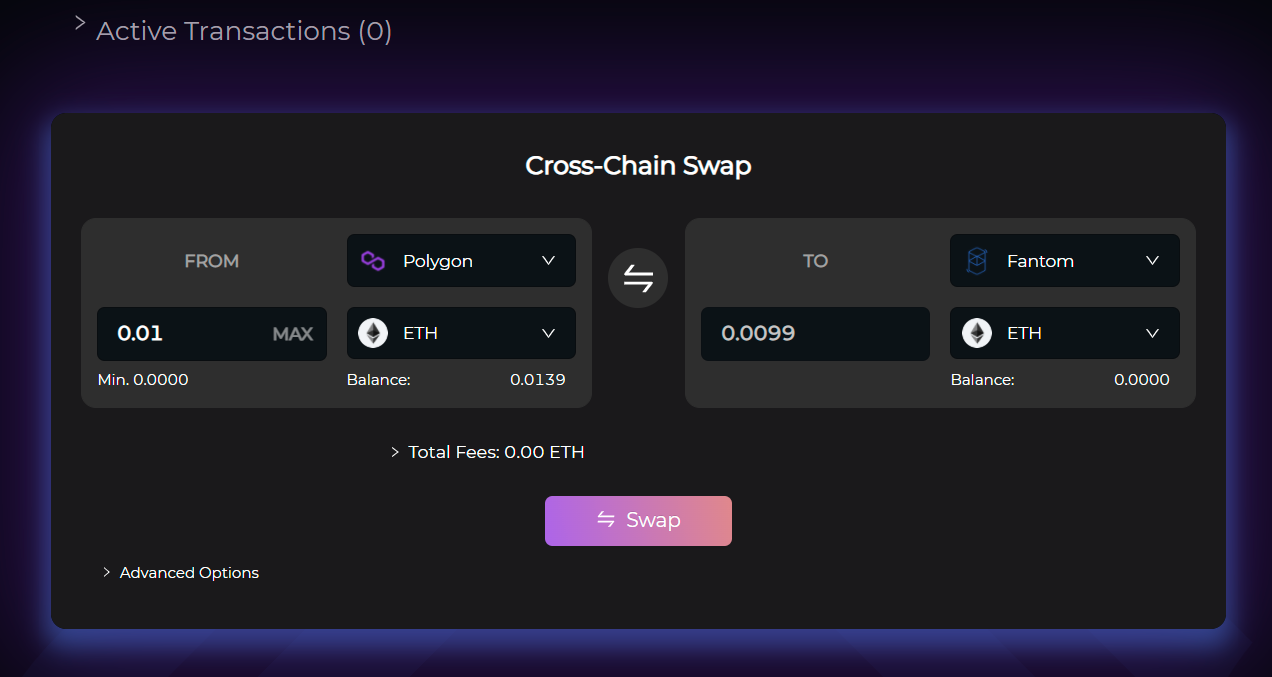
- At the moment the main way to use Nxtp is to use the third-party front-end at xpollinate.io. Go there and connect your wallet.
- Next, use your wallet to connect to the network you want to send funds from if necessary. Nxtp currently supports Ethereum, Arbitrum, Optimism, Polygon, xDai, Fantom, BSC, Moonriver, and Avalanche.
- Input the chain you want to send from, your asset of choice, the amount you want to send, and the destination chain.
- Complete an approval transaction to let xPollinate use your funds and follow that up with your send transaction. Voila! After a little while you’ll receive your money on the destination chain.
Across Protocol

What it is: Across Protocol is a new L2 to L2 bridging protocol. Presently, the project supports Arbitrum-to-Ethereum transactions.
The 101: “The bridging function works by offering incentives for relayers to offer short-term loans to users on L1, which are repaid after two hours from a liquidity pool on L1. This pool is refilled when the funds arrive from L2 transactions. These transactions are insured by UMA’s Optimistic Oracle.”
How to use Across
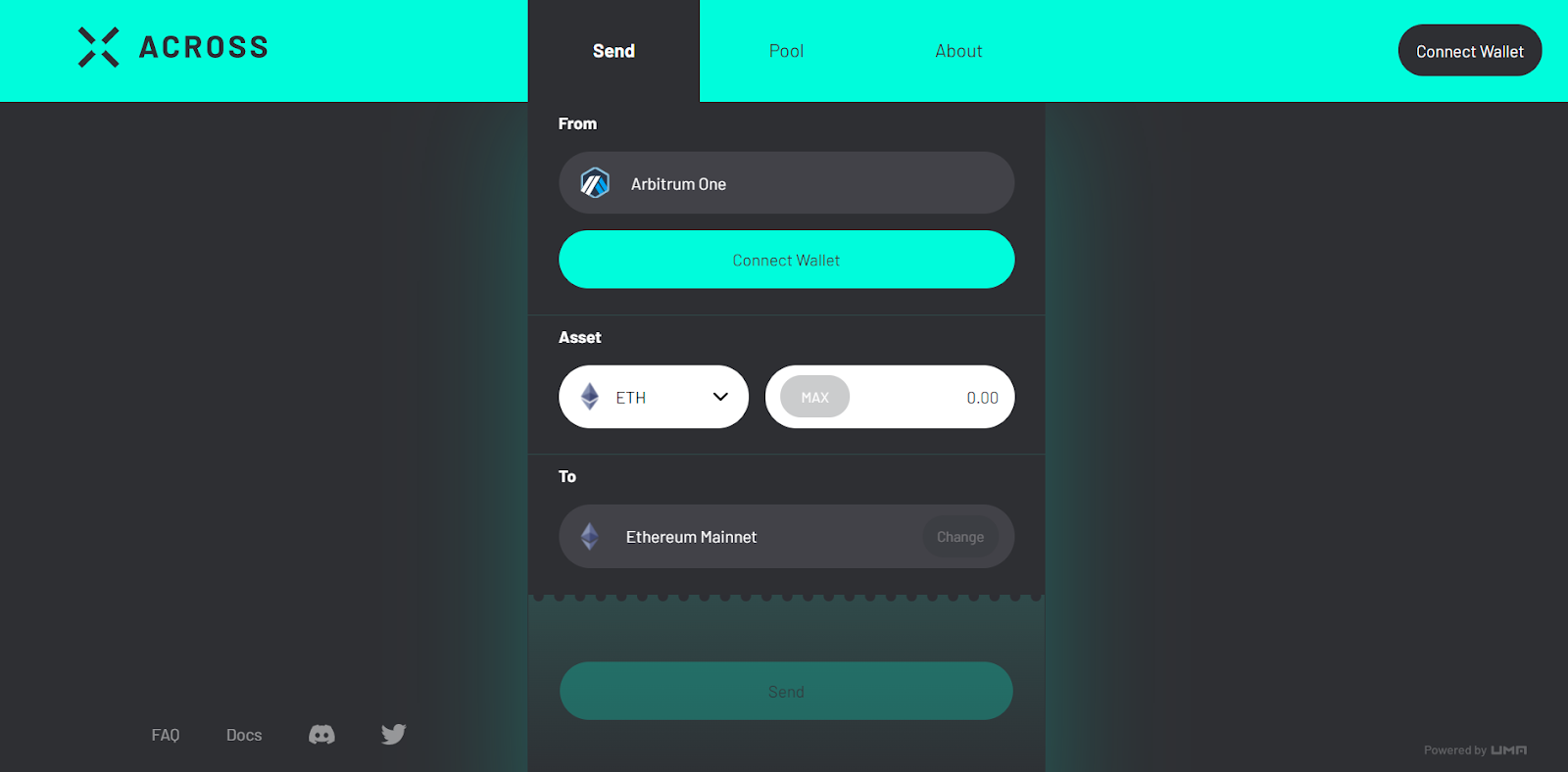
- Navigate to across.to, connect your wallet, and switch to the Arbitrum network if you need to.
- Input the asset you want to send, and how much. Across currently supports ETH, WETH, USDC, and UMA.
- Confirm the address you want to send to is correct, and then press “Send.” Complete the transaction with your wallet, and after a few minutes your funds should appear on Ethereum!
Also check out: Li.Finance
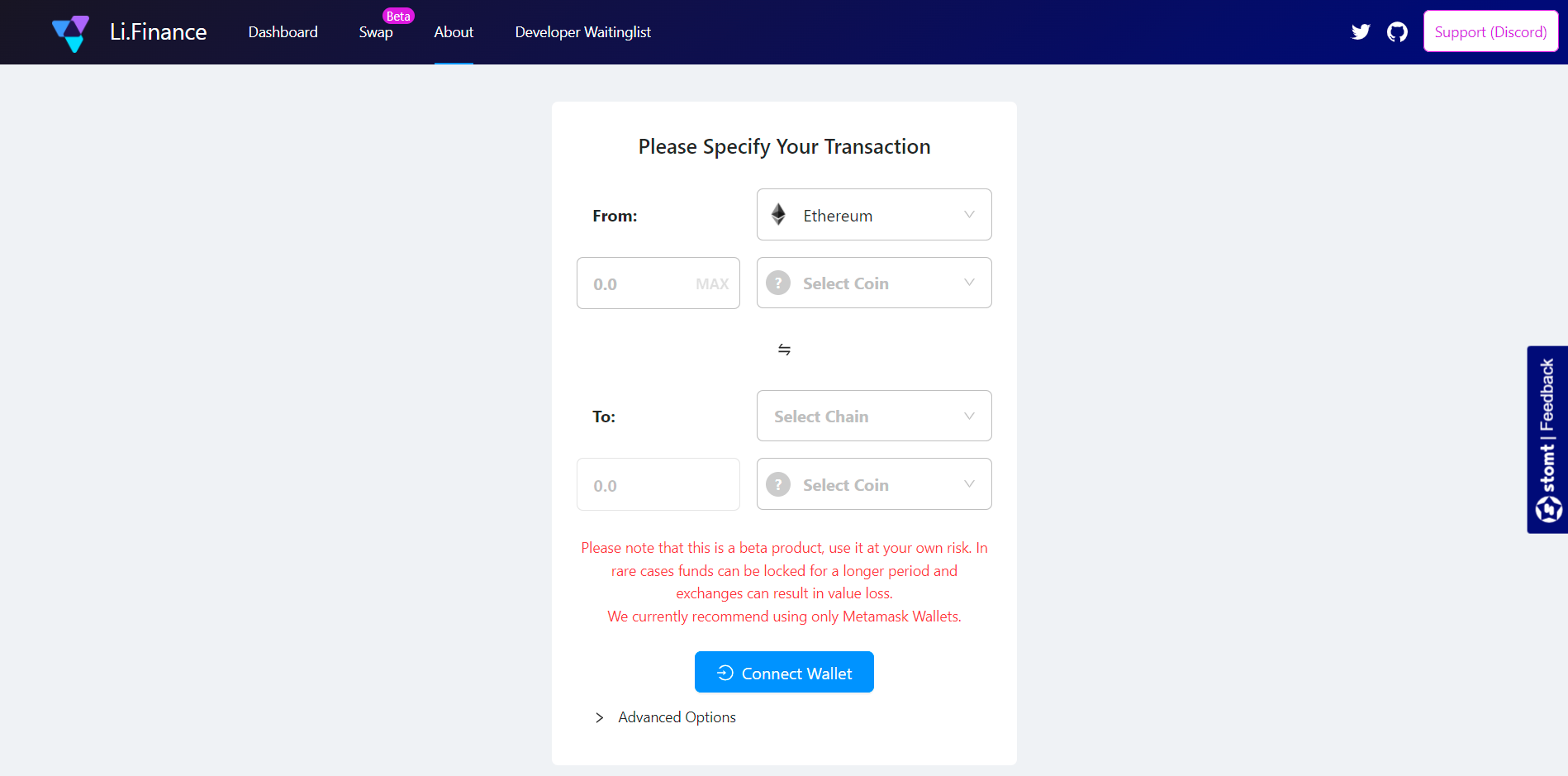
Getting into the business of bridging? Then another project you should be aware of is Li.Finance.
In short, Li.Finance is a bridge and DEX aggregator. It makes cross-chain swapping simple by connecting liquidity across multiple chains via bridges and exchanges like 1inch and Paraswap!
Conclusion
L2s are the future of Ethereum-based transactions. And as more L2s arrive, bridge protocols are going to prove increasingly pivotal to fostering excellent UX across Ethereum’s scaling ecosystem.
Moreover, Hop, Connext, and Across are among the first promising bridge projects, but they won’t be the last.
Because of that reality, these bridges will vie for liquidity among each other much like DeFi dapps have been doing for some time. Alpha leak? Keep an eye out for bridge protocols launching their own liquidity mining campaigns going forward!
Action steps
- Try sending money across chains using Hop, Connext, or Across.
- Check out our previous tactic How to earn yield with Frax Finance if you missed it!